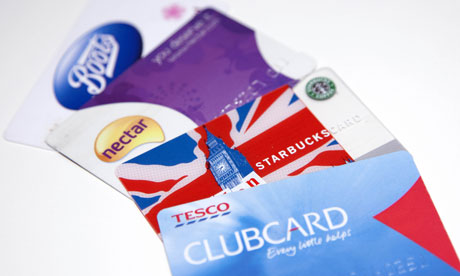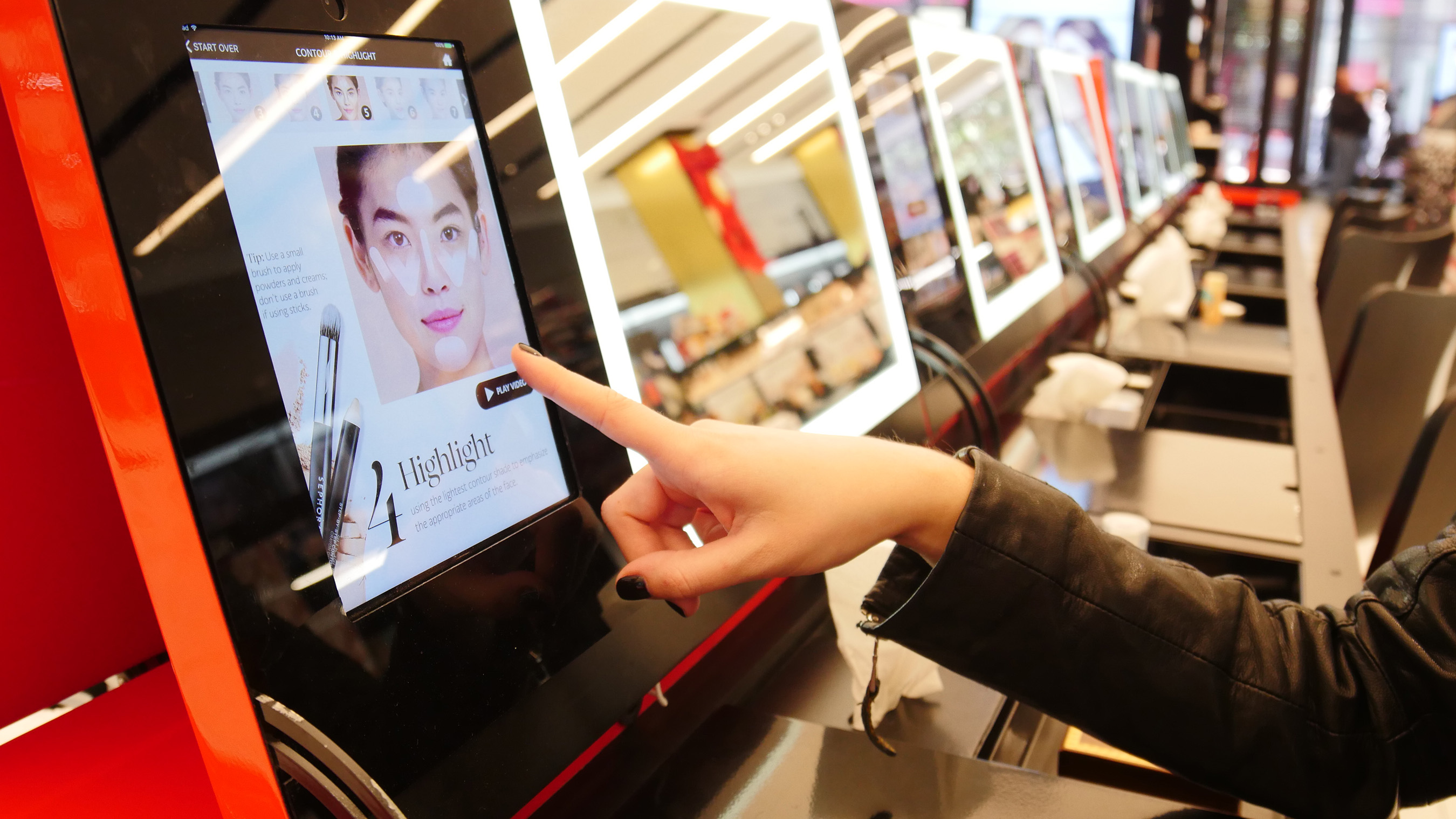
Loyalty is one of those words that is thrown around in marketing circles with incredible regularity, and it appears that it has many meanings for many people. In the same way as the word “strategy” (don’t get me started on that!) loyalty is used all over the place; unfortunately it is rarely used to describe actual loyalty, or in a way that is useful to marketers to help them associate this potentially high value measure with the returns that true loyalty can create.
Loyalty
A loyal consumer is one that uses your brand to the exclusion of any other. A loyal shopper, likewise, one that buys your brand in the same exclusive manner. Further a loyal consumer or shopper would continue to use or buy your brand even if you increased your price; would be likely to try a different store if your brand wasn’t available. But loyalty is not, as a recent blog I read suggested, someone who “talks about your brand and recommends it to friends”. That is an advocate. Advocacy may well be valuable to a brand, and desirable too, but it is not loyalty.
Nor is using the brand in quirky or new ways, or wearing a T-Shirt with the brand on it, or hanging it on your Christmas tree, or knowing more about the brand than the brand manager. These are traits of fanaticism. Fans may well be valuable to a brand, and fanaticism may be desirable, but it is not loyalty. I’m loyal to many brands, but I don’t chat about my deodorant, wear a Colgate T-Shirt, or want to join a shampoo fan club.
Toby Desforges suggested in a recent blog that consumer marketing had got just a little “flaky”, and this obsession with fans and fanatics, currently displayed by the CPG industry and made easier to manage in the Facebook era, is a symptom of this flakiness.
Loyalty is valuable to you as consumer or shopper marketers because it is about consumption behavior or shopper behavior. It means that these people use your brand all of the time. These consumers or shoppers tend to be valuable because they tend to use more, and they should be profitable as there should be no need to promote a brand to someone who shuns your competition. Creating loyalists creates direct profitability.
Advocacy and fanaticism have their place in the marketing world. But what percentage of a brand’s users become advocates or fans? How valuable are these individuals compared to those who quietly but stoically continue to use the brand day in, day out. They can create value but the value they create is more likely to reside in their ability to change the behavior of others (rather than in their own consumption or purchasing) – their ability to create new consumption in other people.
If marketers are going to pursue advocates or fans, then the return on investment needs to be calculated in terms of the additional consumption that they can create. If we are making “likes”, or “engagement” our goal, then we are not measuring the true effectiveness of our marketing. These are potentially great KPIs – indicators of performance – but unless we are clear (and can measure) a causal correlation between these indicators and real, quantified, behavioral change, then marketing is well and truly on the path to “flaky”.




